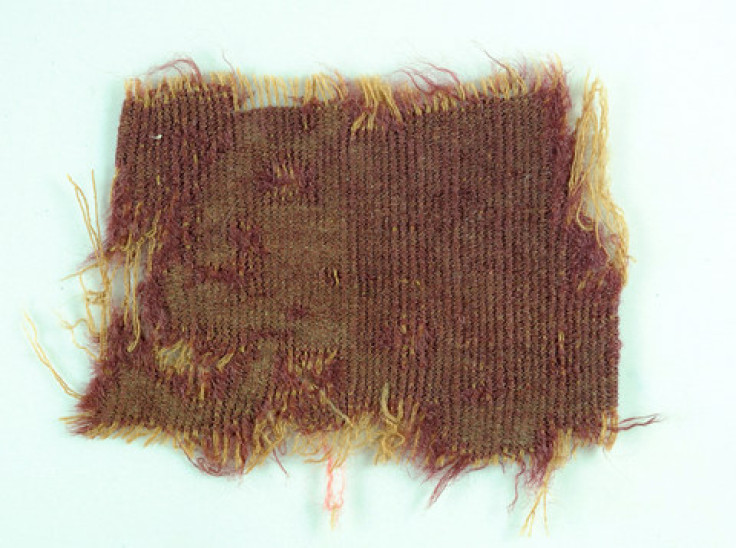Rare 2,000-Year-old Fabrics Dyed with Lost Biblical Blue Discovered in Israeli Cave

Israeli archaeologists have discovered three rare 2,000-year-old pieces of textile which they say may contain the lost Biblical blue dye.
The fabrics were found in the Wadi Murabba'at caves located south of Qumran.
According to archaeologists, the fabrics are dyed with indigo, purple and crimson, the ancient colours that are mentioned in Jewish texts, and might have been used as clothing in the Roman period.
Examination of the colours revealed that one of the textiles was treated with actual dye from Murex trunculus, a snail researchers believe was the source of the Biblical blue colour, also known as Tekelet.
The Hebrew Bible mentions Tekhelet for use in the Priestly garments. The murex dye was considered expensive in ancient times.
"Among the many textiles, most of which were dyed using substances derived from plants, were two purple-bordeaux colored textiles – parts of tunics that were double dyed utilizing two of the most expensive materials in antiquity: Murex trunculus (Hexaplex trunculus) and American Cochineal insect," Dr. Na'ama Sukenik of the Israel Antiquities Authority (IAA) who identified the murex-dyed textile said in a statement.
"The importance of this fabric is extremely significant as there are practically no parallels for it in the archaeological record," she added.
Researchers said that it was difficult to know how purple dyed textiles came to the caves since purple clothing was considered prestigious, was expensive and was worn by the affluent in the Hellenistic-Roman period.
"There were times when the masses were forbidden from dressing in purple clothing, which was reserved for only the emperor and his family. These measures only served to increase the popularity of that colour, the price of which soared and was equal to that of gold," IAA researchers said.
However, the researchers pointed out that Jewish refugees might have carried the prestigious textiles during the region's Bar Kokhba revolt against the Roman Empire in early second century.
© Copyright IBTimes 2024. All rights reserved.






